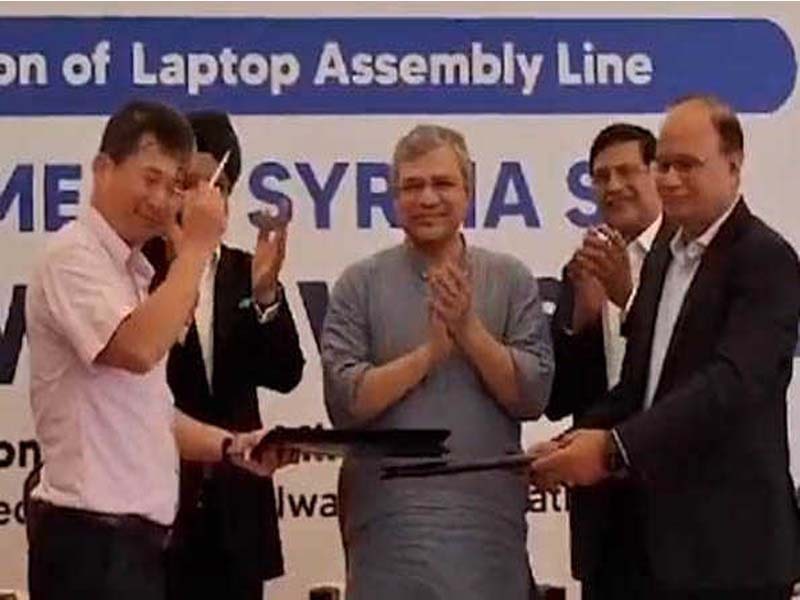Gaganyaan mission : ISRO to demonstrate crew escape module system this month
CHENNAI, OCT 9 : Vikram Sarabhai Space Centre (VSSC) Director
Dr. S.Unnikrishnan Nair on Monday said ISRO would be embarking on
the first big mission of Gagayaan from the spaceport of Sriharikota later
this month.
Addressing students from IIT-Madras at its campus and those from
government schools and colleges during an event titled “Over the Moon
with Team Chandrayaan-3′ while honouring 12 of its alumni of IIT-Madras
in ISRO, Dr Unnikrishnan said “this month, we will be having the first big
mission of Gaganyaan from Sriharikota.”
“We are going to demonstrate the in-flight system. In manned missions, it
is not the mission success, but it is the safety of the crew that counts”, he
added.
“We are testing and ensuring that the escape system has got a very high
reliability…te escape system will be activated in transonic conditions, which
is Mach 1.2 and we will demonstrate how the crew will be rescued”, he said.
“We are all looking forward to that mission. There are many exciting missions
in the future”, he said.
Dr. Unnikrishnan said “Another interesting mission that we did at Chitradurga
Range was a winged aircraft that we call a ‘Reusable Launch Vehicle’. Unlike
a conventional satellite, it is a winged body like the space shuttle…the last phase
of this experiment, which is dropping from a high kilometre and landing, that too
in a totally autonomous way using its intelligence, we could do and landed very
close to the central line of the runway.”
“The difference was only 18 cms. That was the type of accuracy we could
achieve. And this technology, maybe in another two years’ timeframe, will
mark another era of reusable launch vehicles, thereby reducing cost”, he said.
Dr. Unnikrishnan said, “In the last one year, India has launched many, many
missions. There were failures and we came out of the failures but there were
some unique missions too. We thought of using inflatable systems. Can we
reduce the speed of an aircraft or a rocket part by inflating a system and
reducing its velocity from supersonic conditions to sub-sonic conditions
so that we can recover the stage and reduce the cost? “
“That was one experiment we did using a sounding rocket and it was a
successful experiment. We are now trying to scale it up, so that in future,
we can recover the spent stages that are falling into the sea and reuse by
using this technology”, he elaborated.(UNI)





